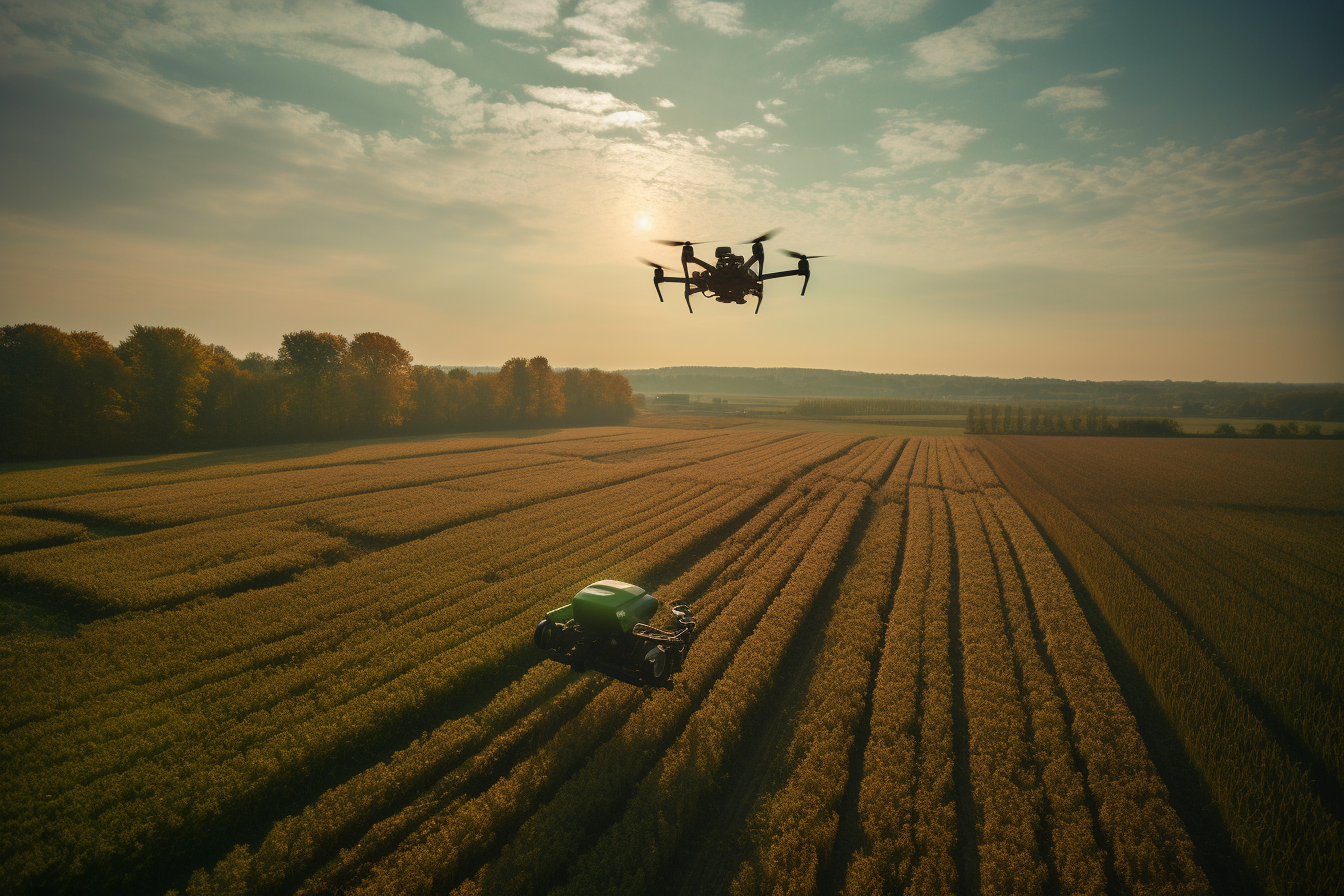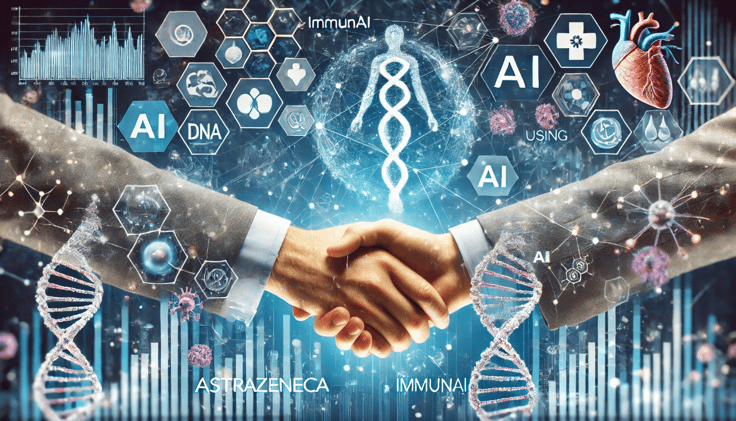Introduction
In recent years, the agricultural sector has witnessed unprecedented advancements fueled by artificial intelligence (AI). This revolutionary technology promises to reshape traditional farming practices, enhancing efficiency, productivity, and sustainability. This article delves into how AI is currently impacting agriculture and lays the groundwork for future innovations.
Precision Farming
Precision farming represents a significant leap forward in agricultural practices. By integrating AI with data sources such as satellite imagery, drones, and IoT sensors, farmers can optimize resource utilization—whether it’s water, fertilizers, or pesticides. This targeted approach minimizes waste while maximizing crop yields, ensuring that resources are deployed where they’re most needed.
Key Components of Precision Farming
- AI Algorithms: These algorithms analyze vast amounts of data to provide insights on optimal resource application.
- Satellite Imagery and Drones: High-resolution imagery and real-time data from drones enhance monitoring capabilities.
- Data Analytics: By leveraging historical and current data, farmers can make informed decisions about planting, irrigation, and harvesting.
Crop Monitoring and Disease Detection
AI-powered technologies enable real-time monitoring of crop health, disease detection, and pest control. This early intervention minimizes damage and extends crop lifecycles, yielding healthier produce with fewer resources.
How AI Detects Issues
- Drone Imagery: Provides detailed visuals for identifying anomalies.
- Machine Learning Algorithms: Analyze patterns to spot diseases or pests promptly.
- Data Feedback: Continuous monitoring ensures timely actions, preserving crop integrity.
Automated Farming Equipment
The advent of autonomous machinery is revolutionizing farming operations. Self-driving tractors and harvesters operate with minimal human intervention, enhancing efficiency and reducing labor costs.
Benefits of Automation
- 24/7 Operations: Autonomous equipment works continuously, improving productivity.
- Precision Cutting: Ensures uniform crop yields and minimizes waste.
- Cost Efficiency: Streamlines processes, lowering operational expenses.
Smart Greenhouses
AI-driven smart greenhouses create optimal growing conditions by monitoring temperature, humidity, and light. These systems ensure ideal environments for plants, boosting yields while minimizing resource consumption.
Components of Smart Greenhouses
- Environmental Sensors: Collect data on climate factors.
- Machine Learning Algorithms: Analyze data to adjust conditions dynamically.
- Energy Efficiency: Optimizes energy usage, reducing environmental impact.
Farm Management Software
AI-powered farm management software provides farmers with actionable insights through historical and real-time data analysis. This intelligence supports informed decisions, enhancing overall farming efficiency.
Features of Farm Management Software
- Data Analysis Tools: Offer insights into crop health, weather patterns, and market trends.
- Decision Support: Provides tailored recommendations for planting, irrigation, and harvesting.
- Predictive Analytics: Anticipates challenges, allowing proactive adjustments to farming strategies.
Supply Chain Optimization
AI’s role in optimizing the agricultural supply chain extends beyond production. By predicting demand and streamlining logistics, it reduces waste and enhances efficiency across the board.
AI’s Role in Supply Chain Management
- Demand Forecasting: Predicts market trends accurately.
- Logistics Optimization: Enhances transportation and storage operations.
- Waste Reduction: Identifies inefficiencies, lowering costs for both farmers and consumers.
Sustainable Agriculture
AI contributes significantly to sustainable agricultural practices by optimizing resource use and minimizing environmental impact. This shift toward eco-friendly methods ensures healthier soils, balanced ecosystems, and reduced pollution.
AI’s Contribution to Sustainability
- Efficient Resource Use: Reduces waste through precise application of inputs.
- Environmental Monitoring: Tracks agricultural impacts on ecosystems in real time.
- Circular Economy Practices: Promotes recycling and reforestation initiatives.
Conclusion
AI holds immense potential to transform agriculture, offering solutions that enhance productivity, efficiency, and sustainability. As technology continues to evolve, innovative applications of AI will further shape the future of farming, benefiting generations to come.




